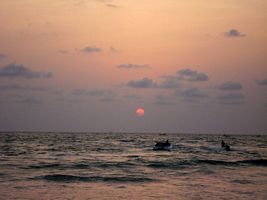Bidar Tourism
Search related to Karnataka Tourism

Bidar is a city located in the state of Karnataka, India. It is the headquarters of the Bidar district and is situated on the Deccan Plateau. The city has a rich history and culture, and is known for its beautiful architecture and landmarks.
History
Bidar has a long and rich history dating back to the 3rd century BCE. It was originally known as Vidarbha and was a part of the Mauryan Empire. Later, it was ruled by the Satavahanas, Chalukyas, Rashtrakutas, and the Bahmani Sultanate. The Bahmani Sultanate was a powerful Muslim kingdom that ruled over the Deccan region during the 14th and 15th centuries. Bidar was the capital of the Bahmani Sultanate from 1424 to 1527.
During this period, Bidar saw a great development in art and architecture. The Bahmani rulers built several beautiful monuments in the city, including the Bidar Fort, the Barid Shahi Tombs, and the Madrasa of Mahmud Gawan. The city was also known for its thriving trade and commerce, with merchants from all over the world visiting Bidar.
After the fall of the Bahmani Sultanate, Bidar was ruled by the Barid Shahi dynasty. The Barid Shahi rulers continued the tradition of building beautiful monuments in the city. In the 17th century, Bidar was annexed by the Mughal Empire, and later became a part of the Nizam of Hyderabad.
Geography
Bidar is located in the northeastern part of Karnataka, near the border with Telangana. It is situated on the Deccan Plateau, at an altitude of 2,200 feet above sea level. The city is surrounded by hills and is located on the banks of the Manjira River, which is a tributary of the Godavari River.
The climate of Bidar is hot and dry, with temperatures ranging from 15°C to 40°C. The city receives most of its rainfall during the monsoon season, which lasts from June to September.
Demographics
Bidar has a diverse population, with people from different religions and cultures living together in harmony. According to the 2011 census, the population of Bidar was 170,204. The majority of the population is Hindu, followed by Muslims and Christians. Kannada is the official language of the city, but Urdu and Telugu are also spoken.
Economy
The economy of Bidar is mainly dependent on agriculture and small-scale industries. The region is known for its production of paddy, jowar, bajra, and wheat. The city also has a thriving handicraft industry, with Bidriware being the most famous product. Bidriware is a type of metalware that is made by skilled artisans using a special technique that involves inlaying silver into an alloy of zinc and copper.
Tourism
Bidar is a popular tourist destination in Karnataka, known for its rich history and culture. The city has several beautiful monuments and landmarks that attract visitors from all over the world. Some of the must-visit places in Bidar include:
- Bidar Fort: The Bidar Fort is one of the most famous landmarks in the city. It was built by the Bahmani Sultanate in the 15th century and is known for its unique architecture and design.
- Barid Shahi Tombs: The Barid Shahi Tombs are a group of tombs that were built by the Barid Shahi dynasty. The tombs are known for their beautiful architecture.
- State :
- Karnataka
How to Reach Bidar
Complete List of Tehsils in Bidar District, Karnataka
| S.No | Tehsil / Taluk Name | District Name | State Name |
|---|---|---|---|
| 1 | Auad (b) | Bidar | Karnataka |
| 2 | Auarad (b) | Bidar | Karnataka |
| 3 | Aurad | Bidar | Karnataka |
| 4 | Aurad (b) | Bidar | Karnataka |
| 5 | Aurad(b) | Bidar | Karnataka |
| 6 | Basavakalyan | Bidar | Karnataka |
| 7 | Bhalki | Bidar | Karnataka |
| 8 | Bidar | Bidar | Karnataka |
| 9 | Homnabad | Bidar | Karnataka |
| 10 | Humnabad | Bidar | Karnataka |
Discover Exciting Places to Visit in Agra, Uttar Pradesh - Your Ultimate Travel Guide
Are you ready to explore the wonders of Agra, Uttar Pradesh? From the majestic Taj Mahal to hidden gems waiting to be discovered, our travel guide unveils the most captivating
Explore Exciting Places to Visit in Mumbai, Maharashtra - Your Ultimate Travel Guide
Ready for an adventure? Mumbai, in the beautiful state of Maharashtra, is packed with amazing places waiting to be explored! From iconic landmarks to hidden gems, Mumbai has something for
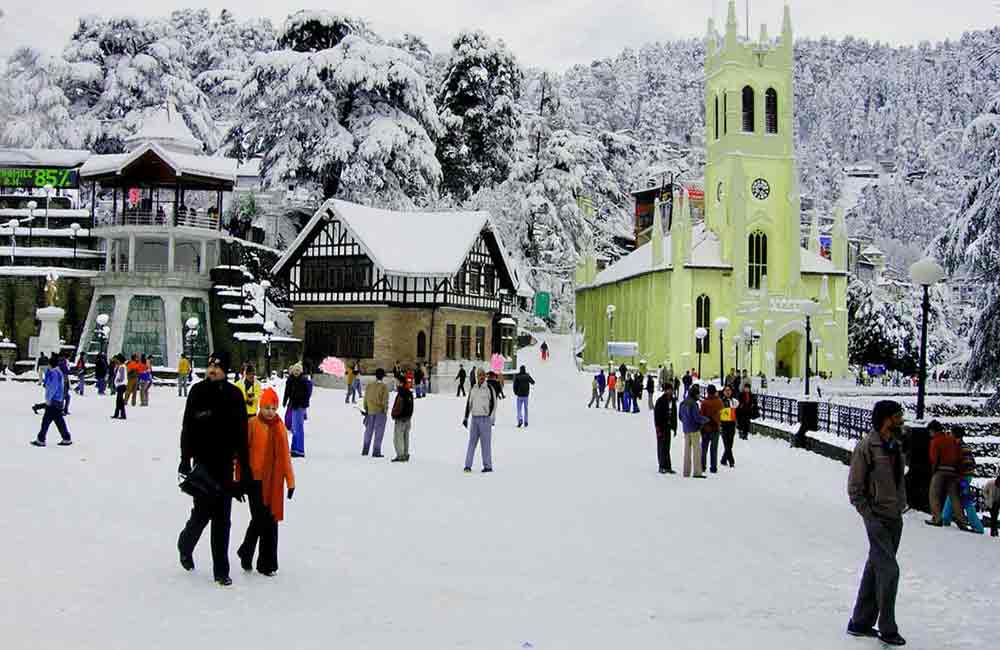
Explore the Wonderful Places to Visit in Manali, Himachal Pradesh - Your Ultimate Guide!
Ready for an exciting adventure? Discover the places to visit in Manali, Himachal Pradesh! From snowy mountains to lush valleys, there's something for everyone. Plan your trip now and explore
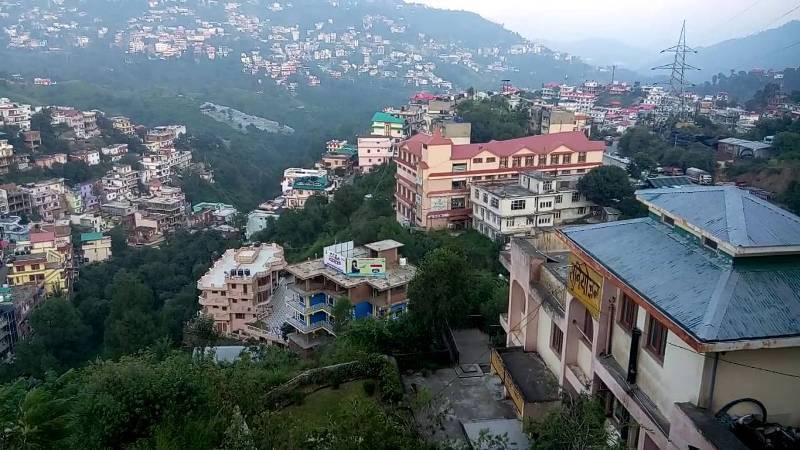
Places to Visit in Solan Himachal Pradesh - Explore the Best Tourist Spots
Discover the enchanting beauty of Solan Himachal Pradesh by exploring its myriad tourist spots. Whether you're seeking adventure or tranquility, Solan has something for everyone. From lush green valleys to
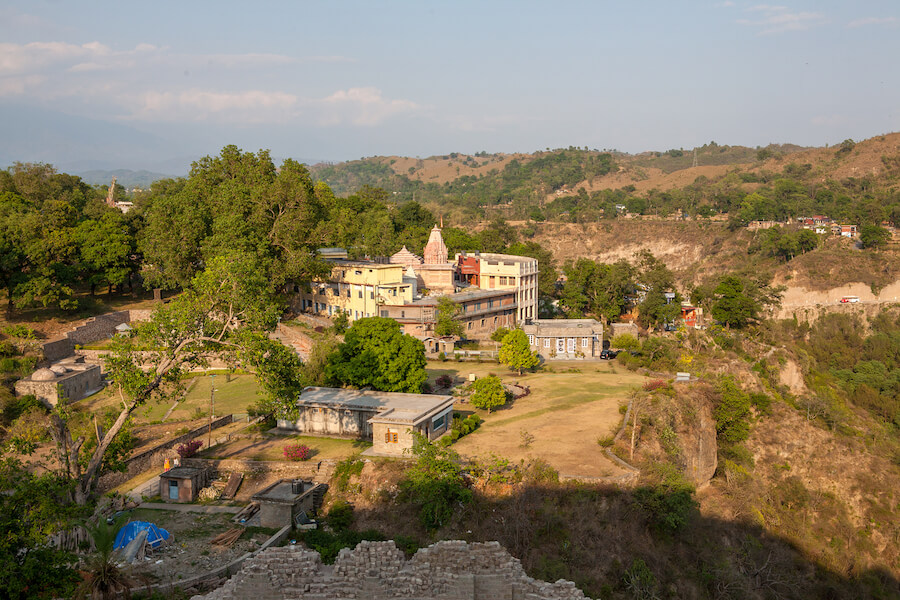
Discover the Best Places to Visit in Kangra, Himachal Pradesh: A Traveler's Guide
Ready for an exciting journey? Kangra, Himachal Pradesh welcomes you with open arms! Explore ancient temples, lush landscapes, and more in this enchanting valley. Let's uncover the best places to
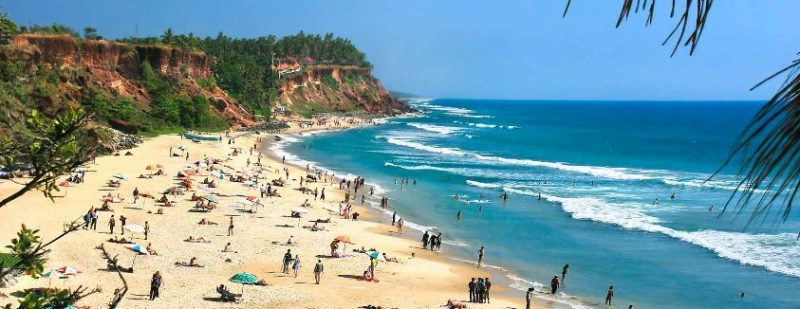
Explore Incredible Places to Visit in Varkala, Kerala: A Guide
Are you ready for an adventure? Varkala in Kerala is waiting for you! Discover the magic of this beautiful place with our guide to the best places to visit. From
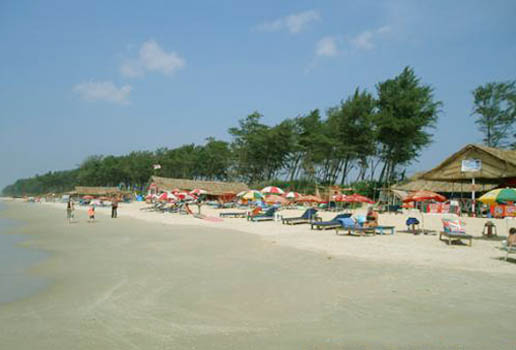
Explore Panaji, Goa: Discover the Best Places to Visit in the City
Ready for an adventure? Panaji, located in Goa, is packed with exciting places to visit. From ancient forts to picturesque beaches, there's never a dull moment in this lively city.
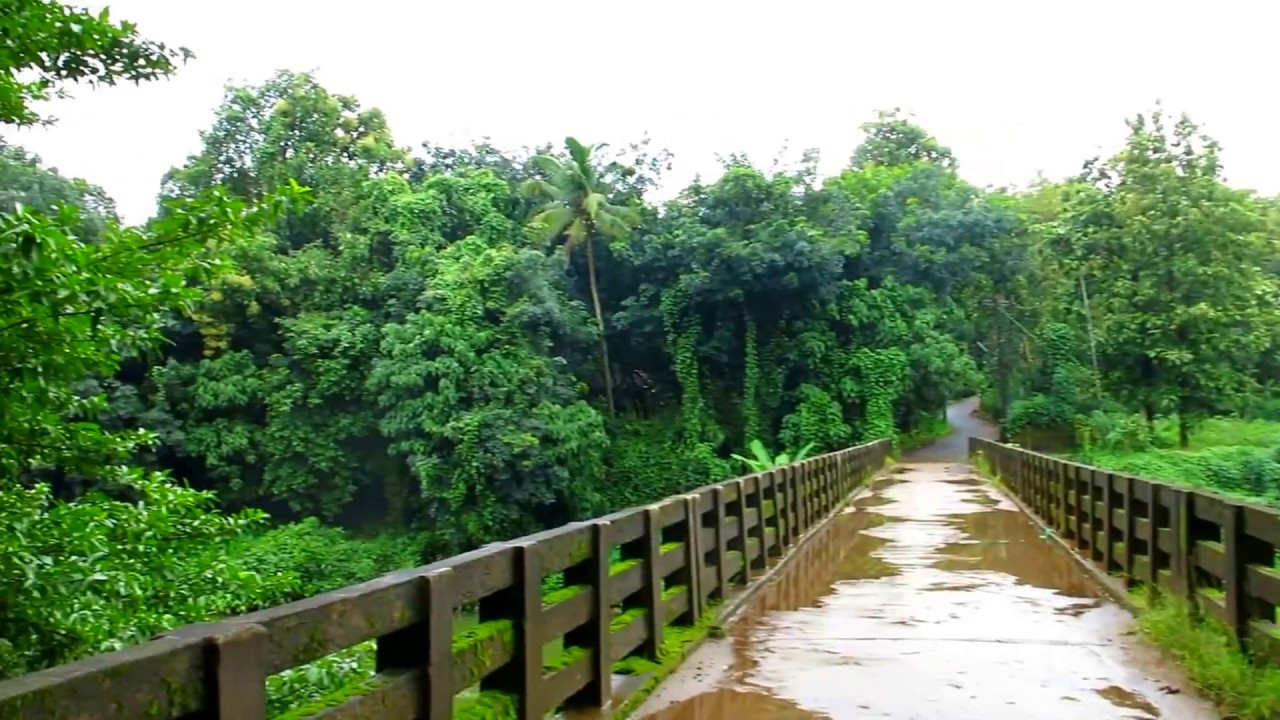
Explore the Best Places to Visit in Thrissur, Kerala – A Perfect Guide for Your Next Adventure!
Are you ready to explore Thrissur, Kerala? Get ready for an exciting journey through this vibrant city! Discover its rich history, stunning landmarks, and fascinating culture. With our guide to
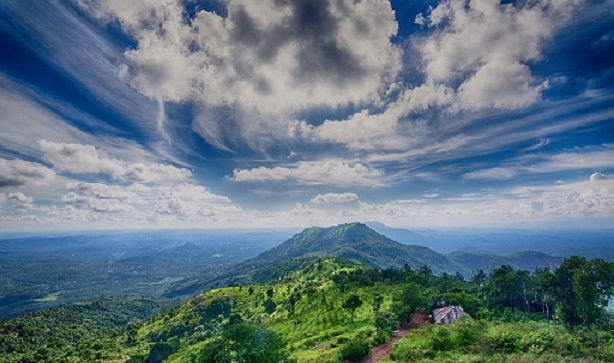
Explore the Best Places to Visit in Malappuram, Kerala - A Traveler's Guide
Dive into the beauty of Malappuram, Kerala with our ultimate travel guide! From picturesque beaches to fascinating historical sites, explore the best places to visit in Malappuram Kerala. Whether you're
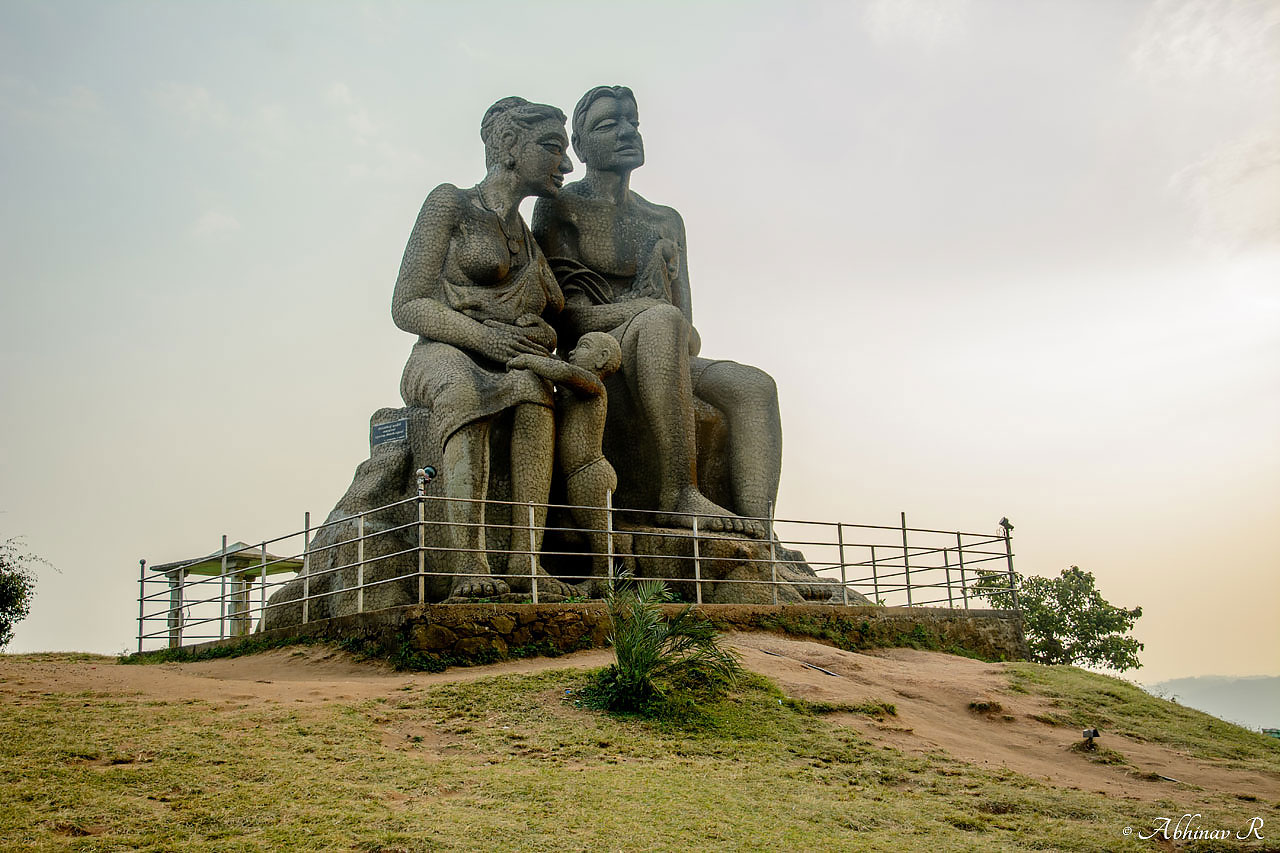
Explore the Best Places to Visit in Idukki, Kerala - A Traveler's Guide
Discover the mesmerizing beauty of Idukki, Kerala with our guide to the best places to visit. From breathtaking landscapes to serene lakes, explore the charm of this enchanting destination. Whether



